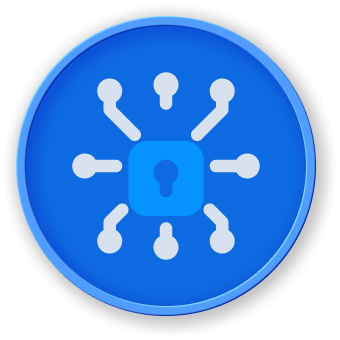Docker Security Basics
Introduction to Docker Security
Docker has become a critical technology in modern web development and deployment, but understanding its security fundamentals is crucial for protecting your applications. In this section, we'll explore the core security principles of Docker containers.
Container Isolation Mechanisms
Docker provides several isolation mechanisms to enhance security:
graph TD
A[Docker Container] --> B[Namespace Isolation]
A --> C[Control Groups]
A --> D[Read-Only Filesystems]
A --> E[Resource Constraints]
Namespaces
Namespaces provide process, network, and filesystem isolation between containers:
## Example of namespace isolation
docker run --name secure-container -d ubuntu:22.04 sleep infinity
Control Groups (cgroups)
Control groups limit and isolate resource usage for containers:
## Limiting CPU and memory resources
docker run -d --cpus="0.5" --memory="512m" ubuntu:22.04
Docker Security Configuration
| Security Feature |
Description |
Configuration |
| User Namespace |
Maps container user to non-privileged host user |
--userns-remap |
| Read-Only Root |
Prevents container filesystem modifications |
--read-only |
| Capabilities |
Granular kernel privilege management |
--cap-drop |
Security Best Practices
- Use official and verified images
- Regularly update Docker and images
- Minimize container privileges
- Implement least privilege principle
Practical Security Configuration
## Secure container run example
docker run \
--read-only \
--cap-drop=ALL \
--cap-add=NET_BIND_SERVICE \
--security-opt=no-new-privileges:true \
ubuntu:22.04
Monitoring and Auditing
Implement continuous monitoring using tools like:
- Docker bench security
- Clair
- Trivy
Conclusion
Understanding Docker security basics is essential for building robust and secure containerized applications. LabEx recommends continuous learning and implementation of security best practices.




